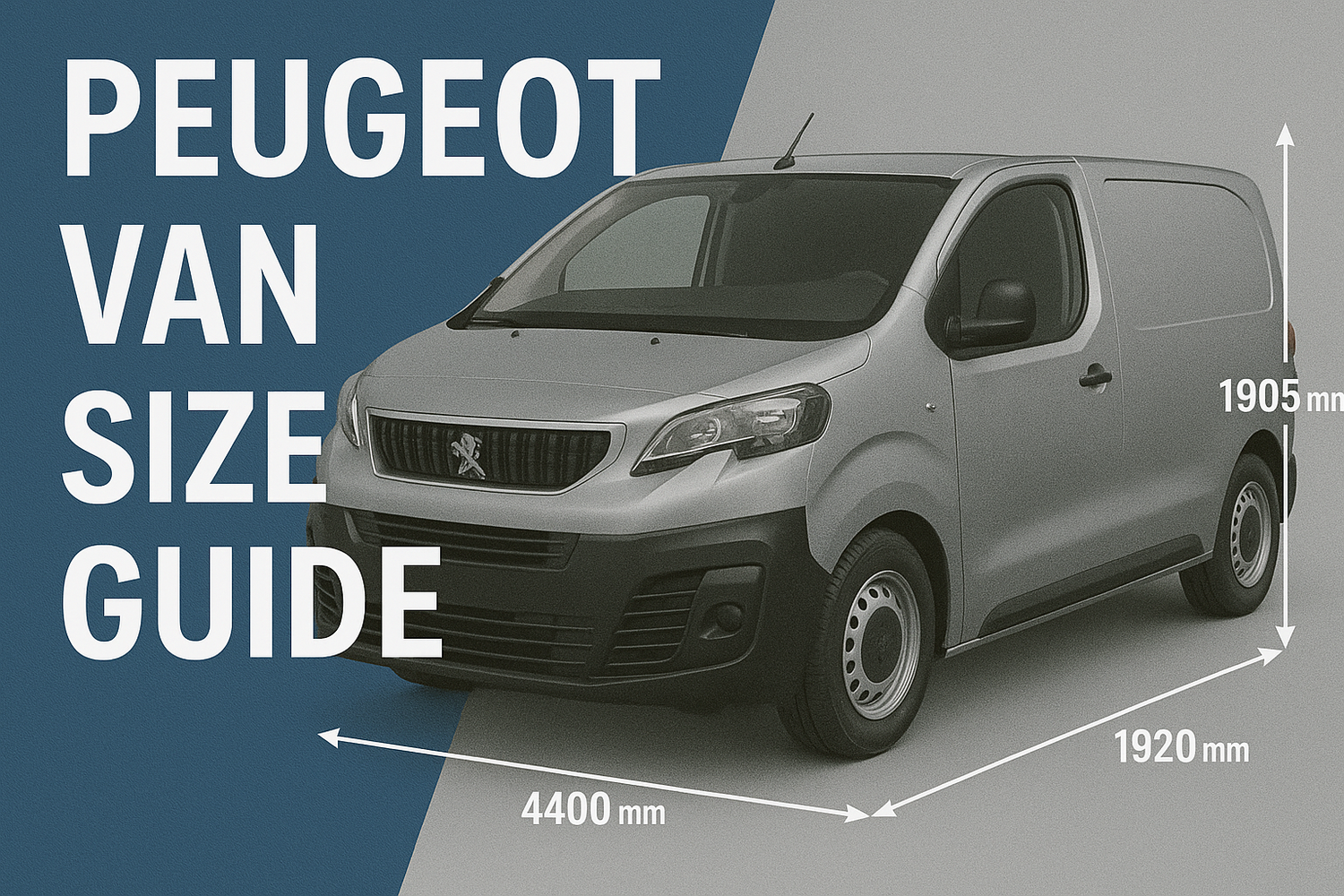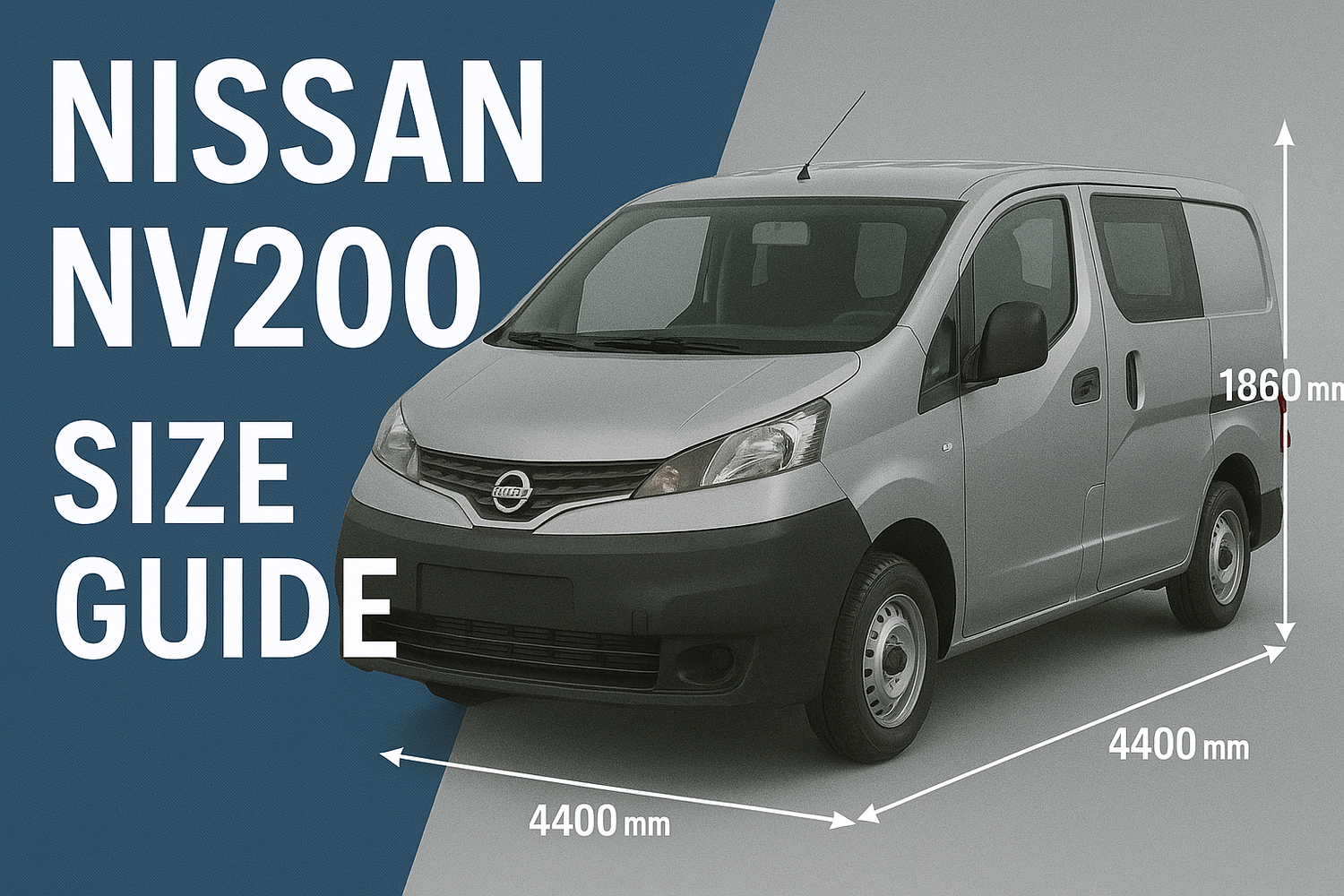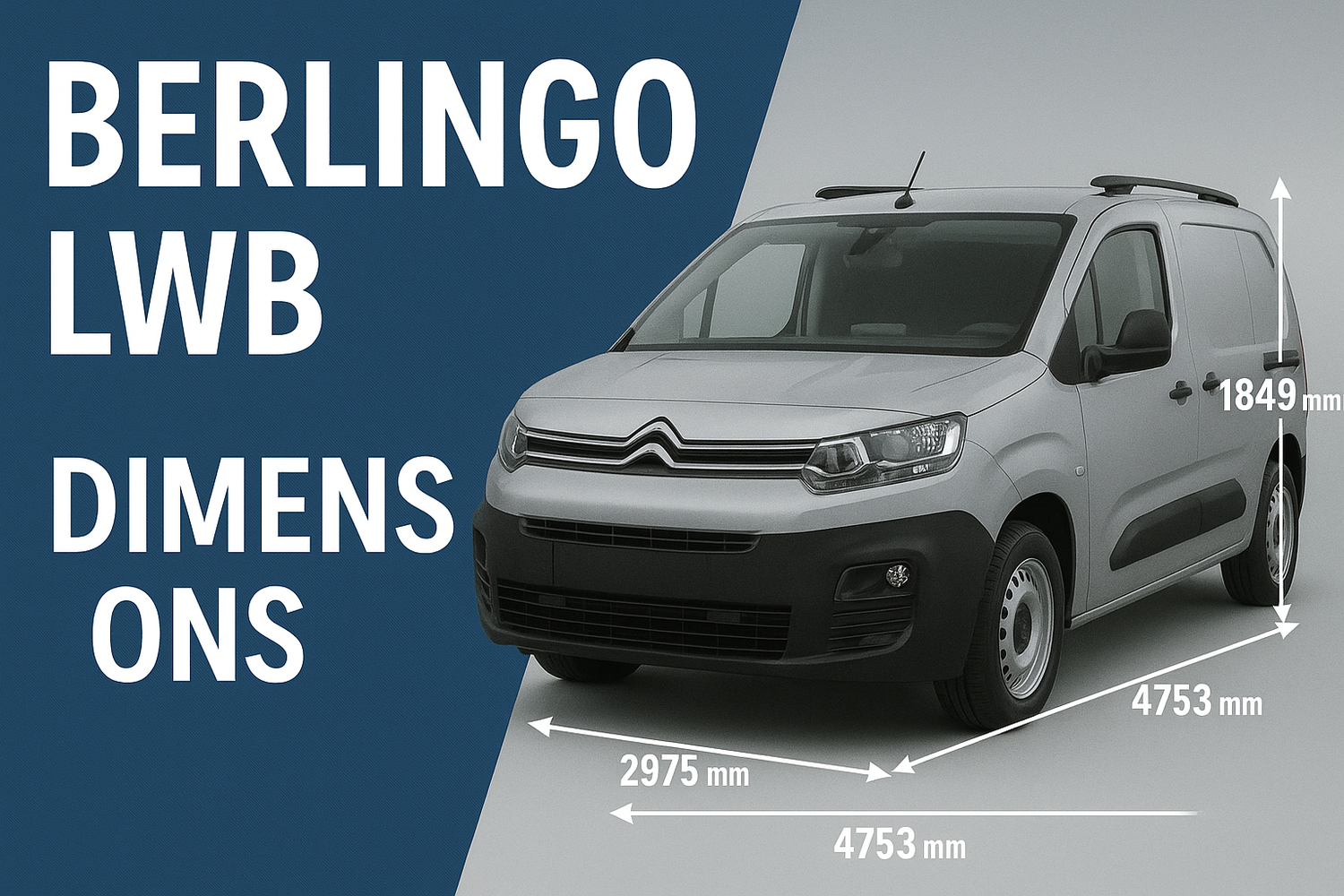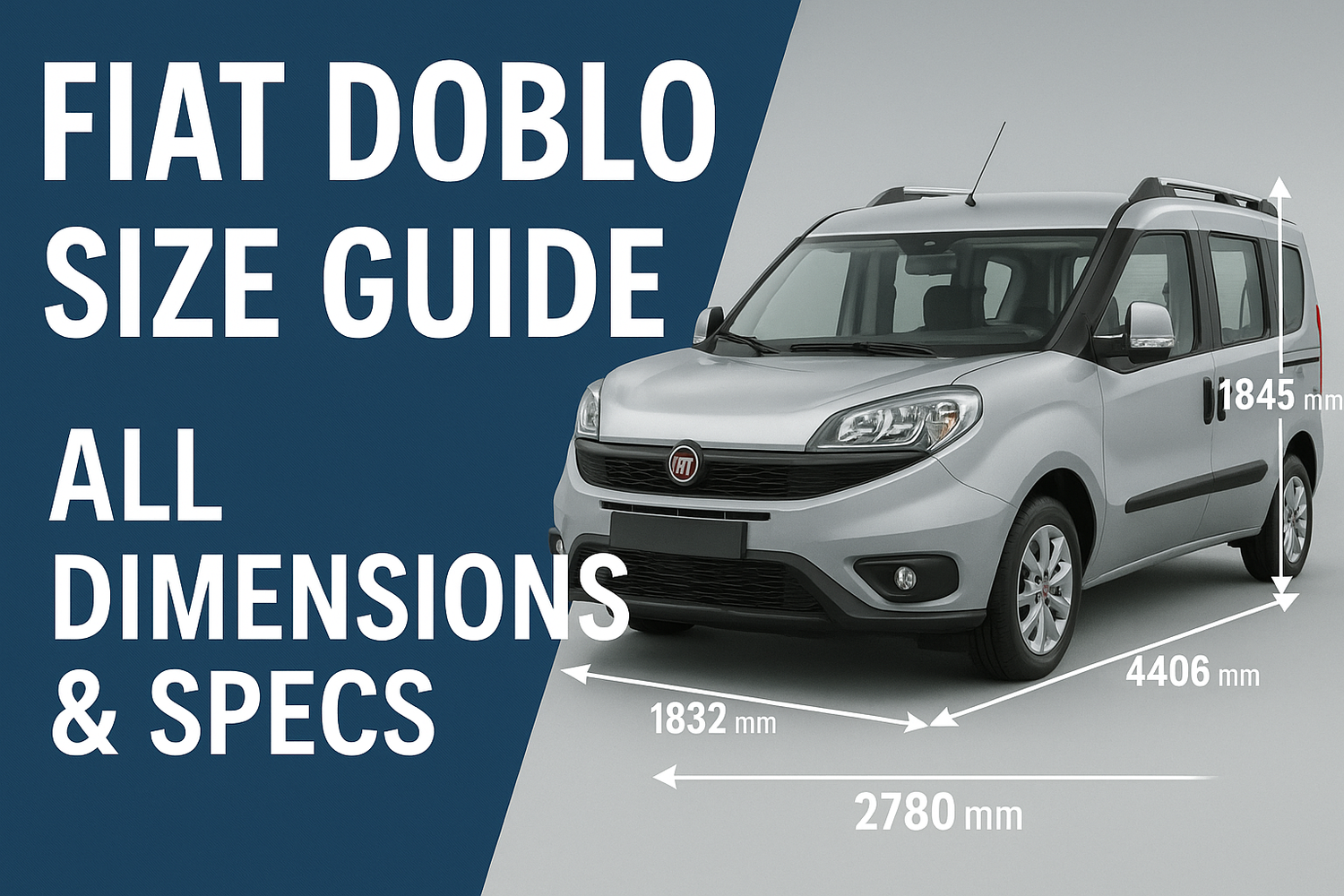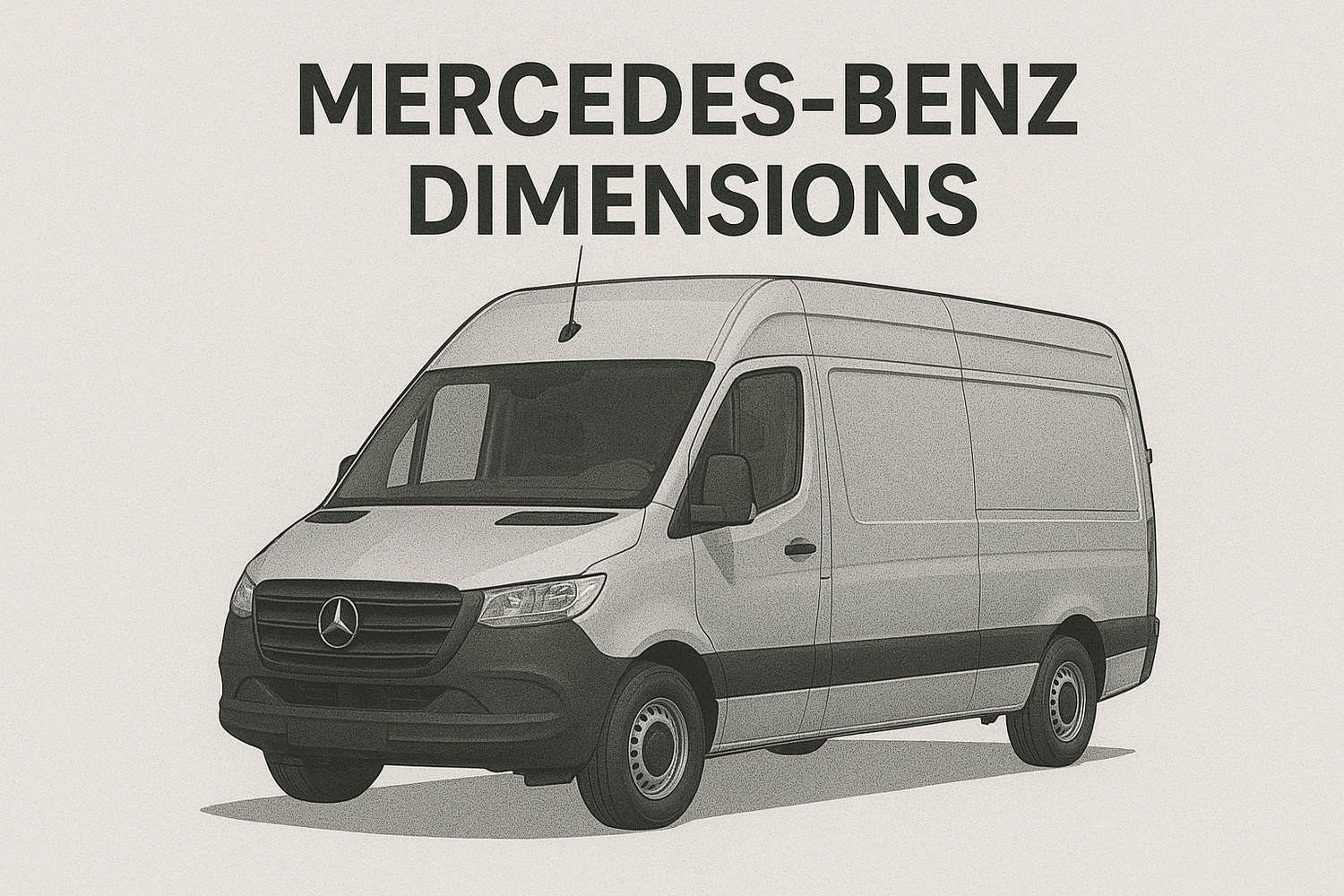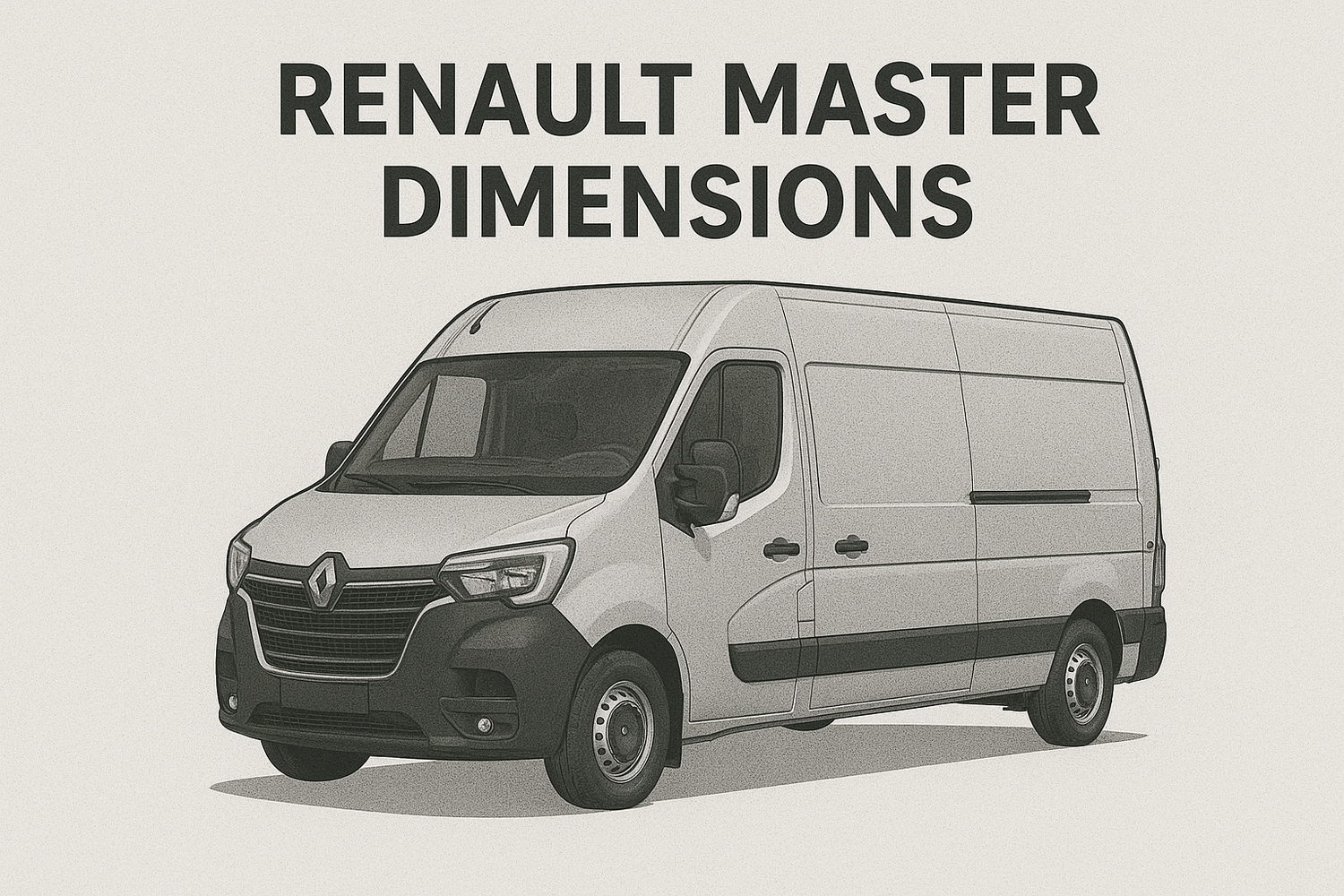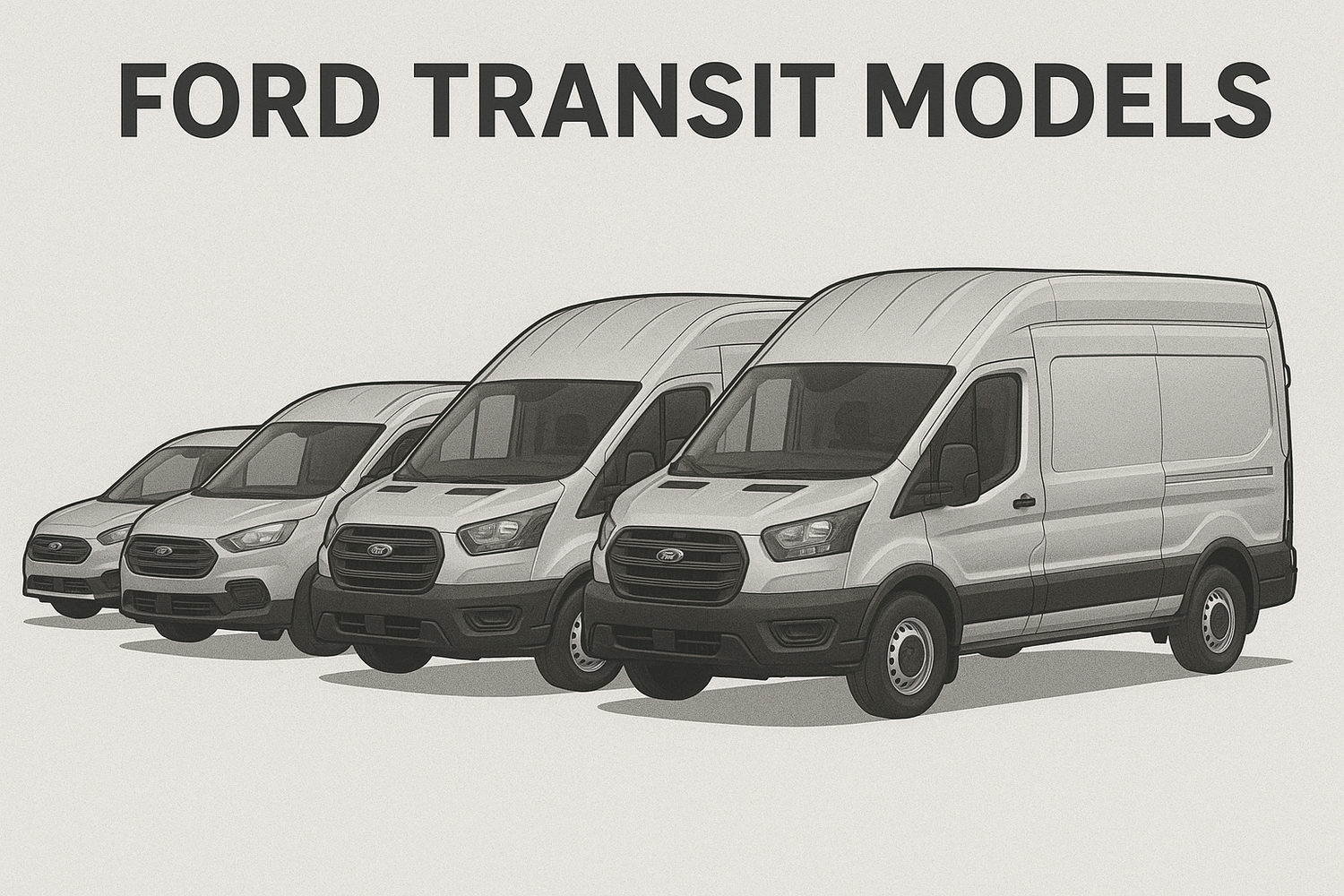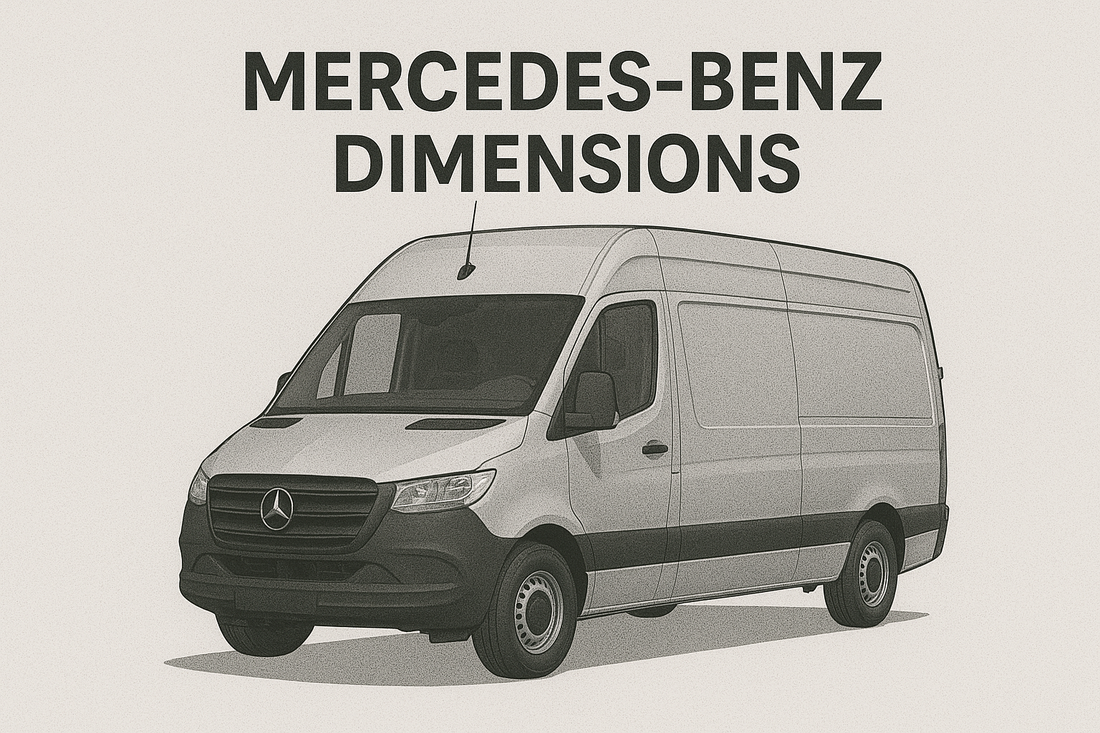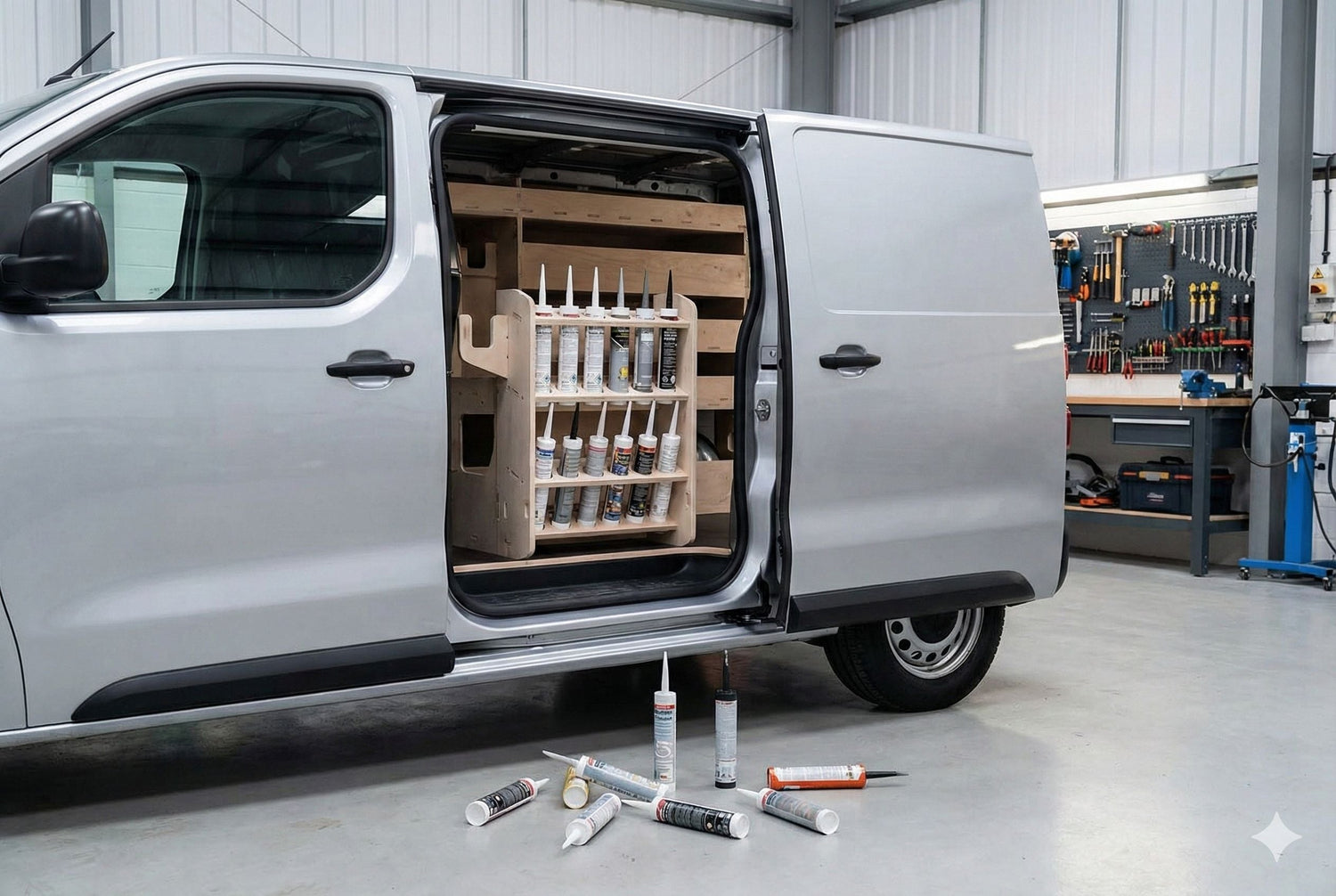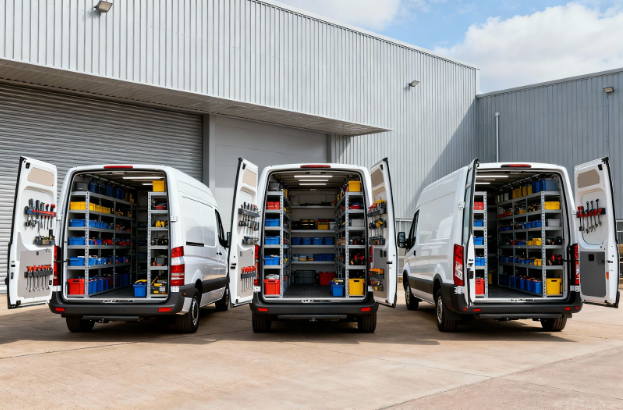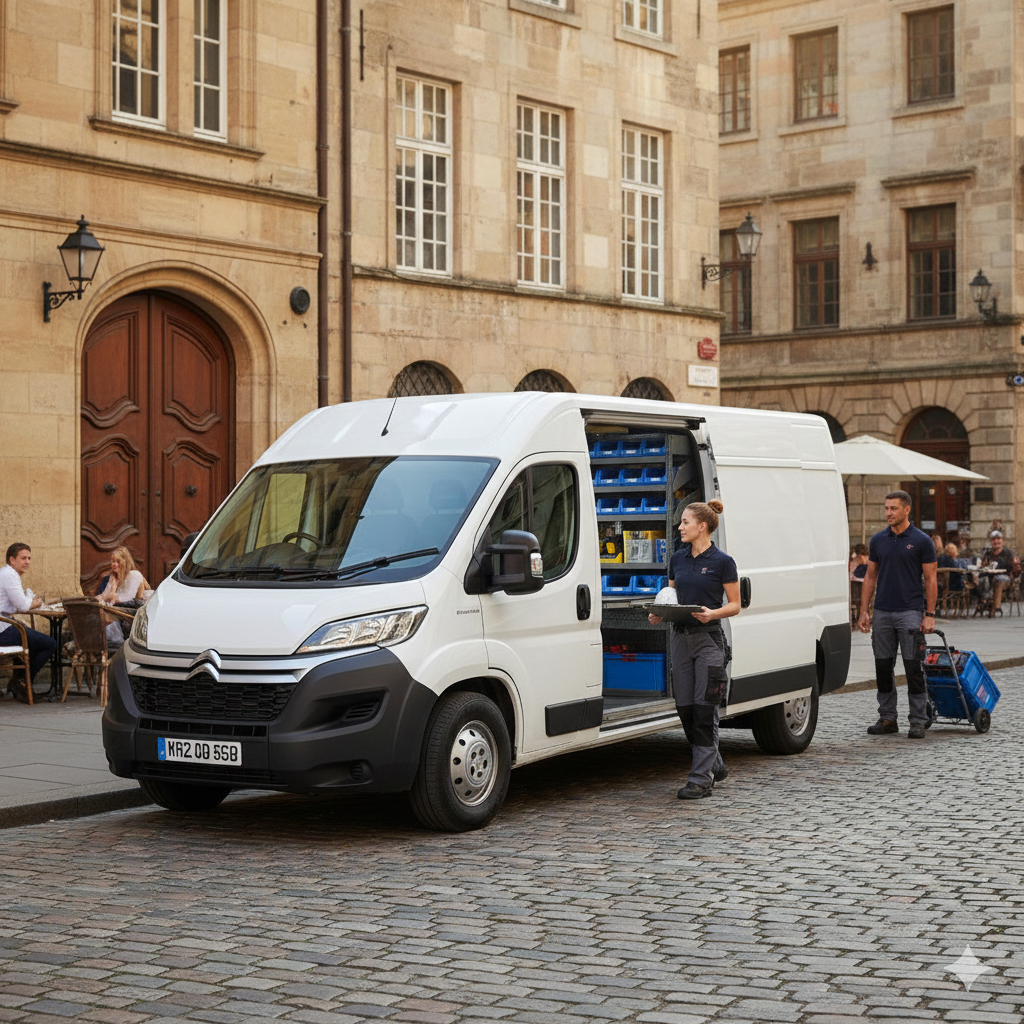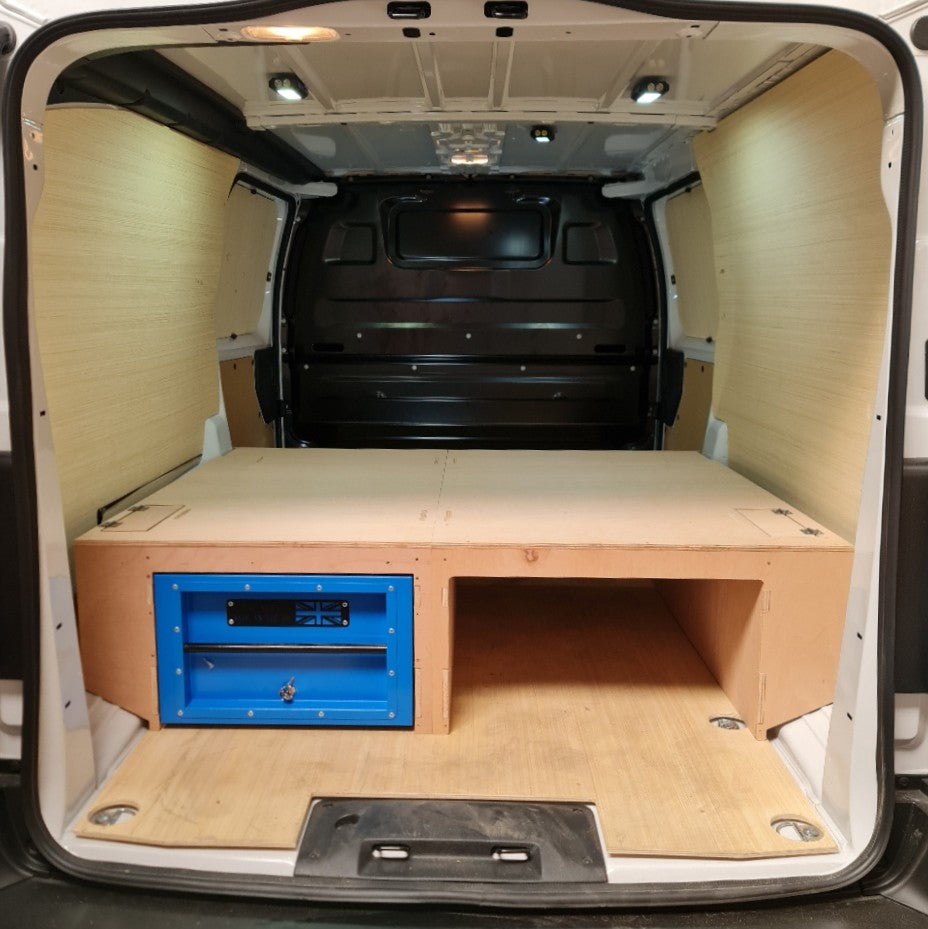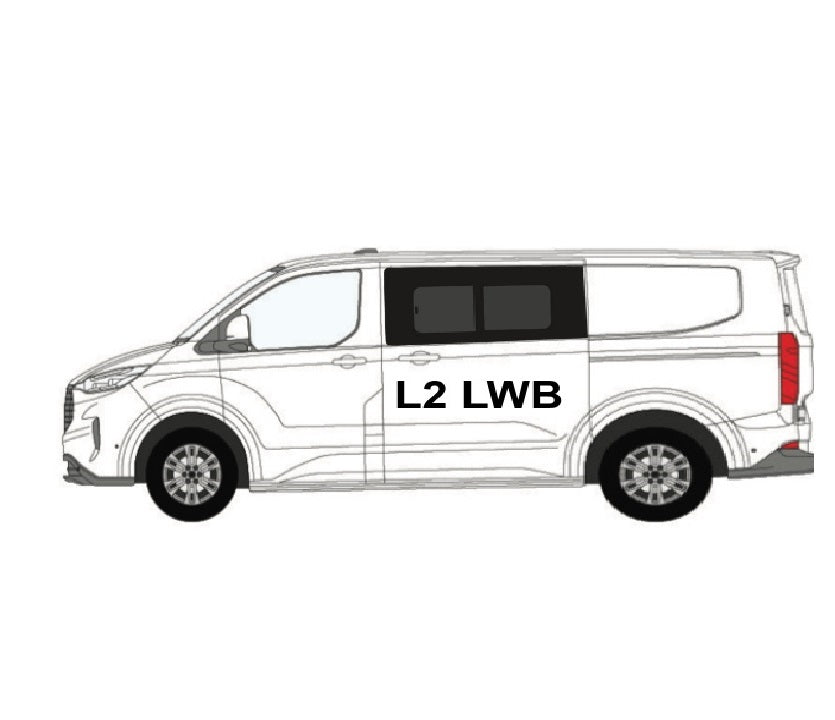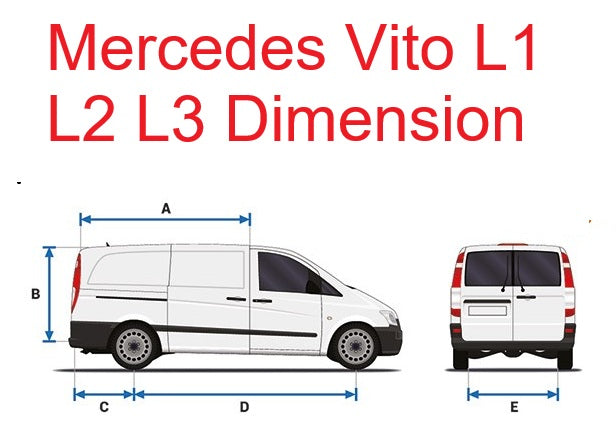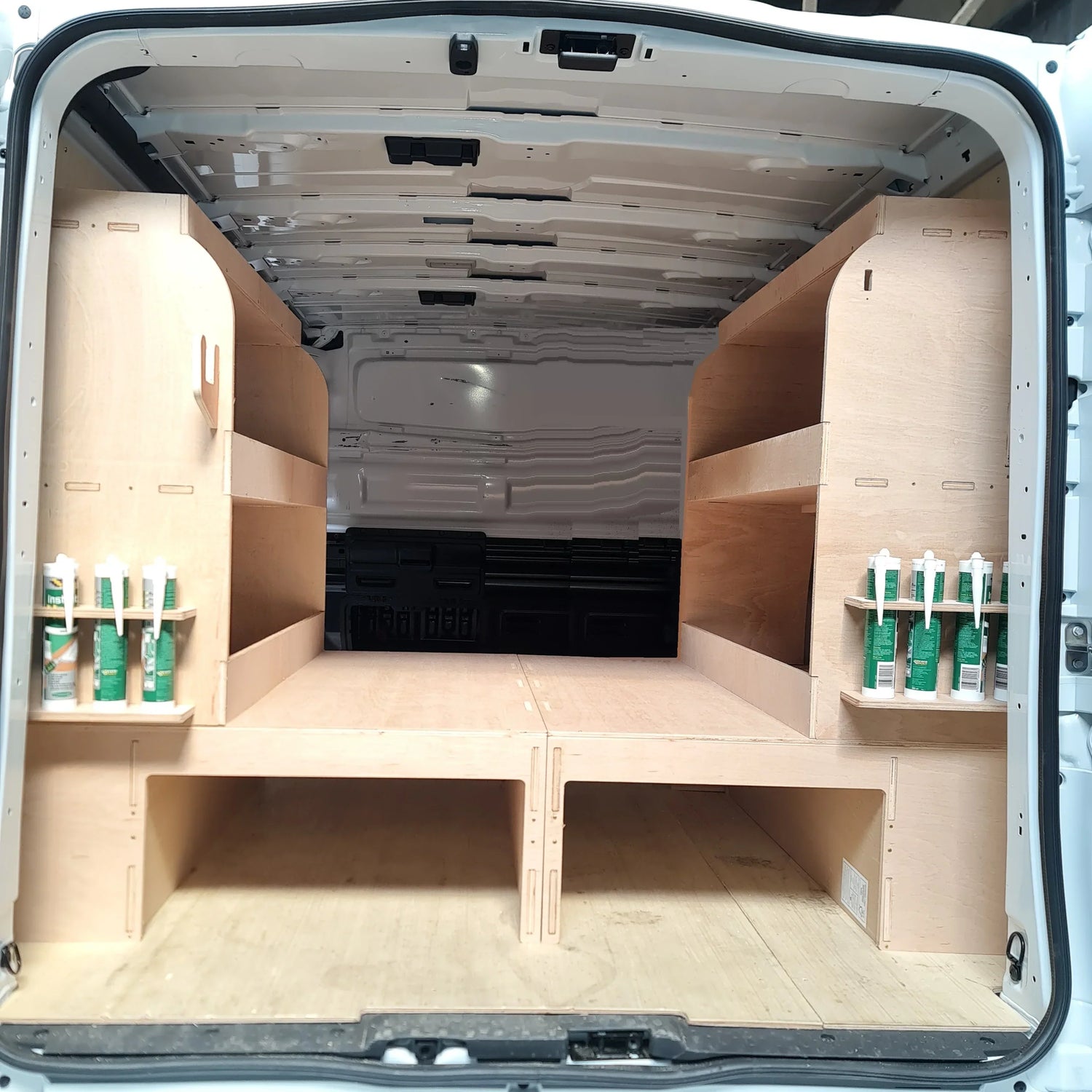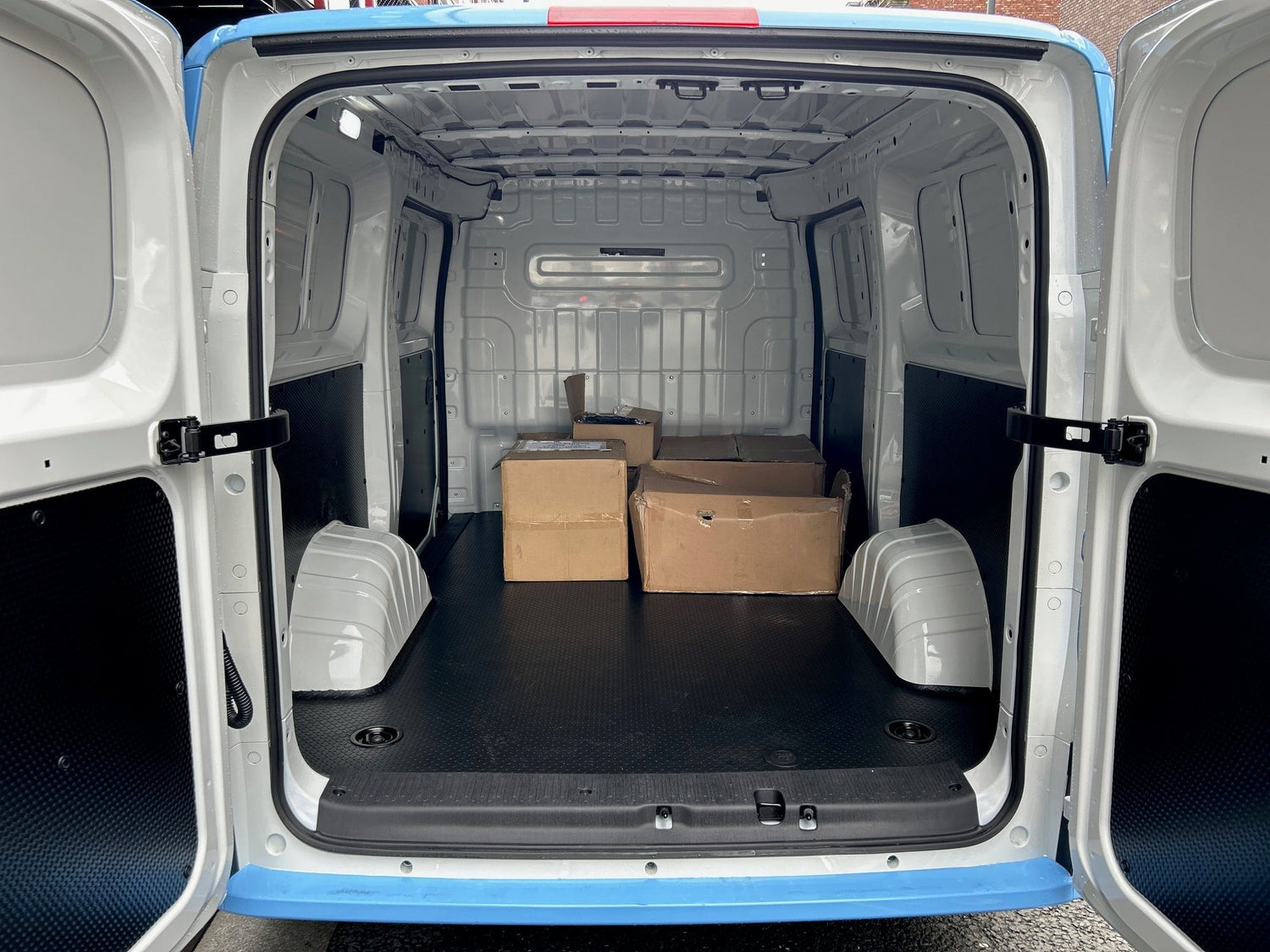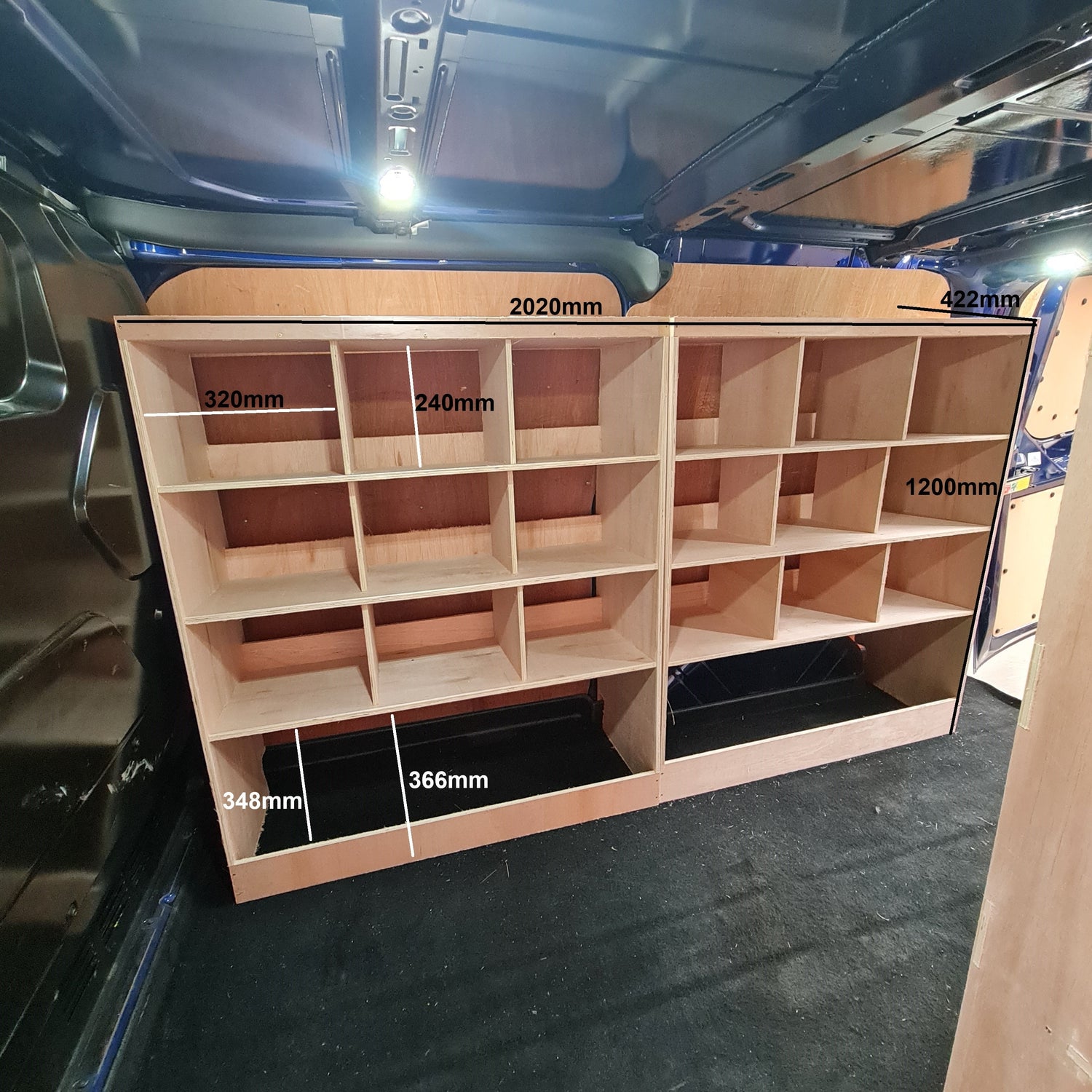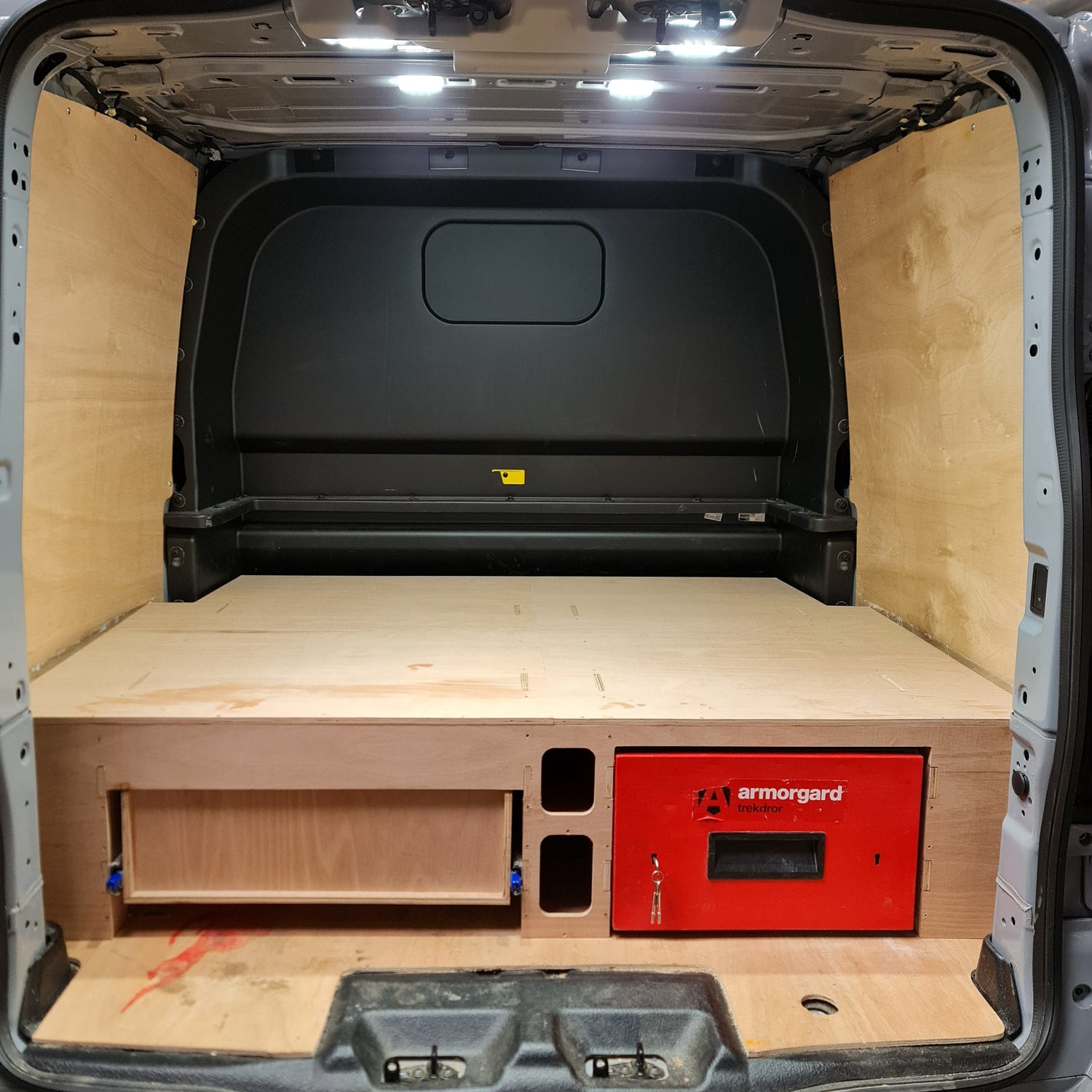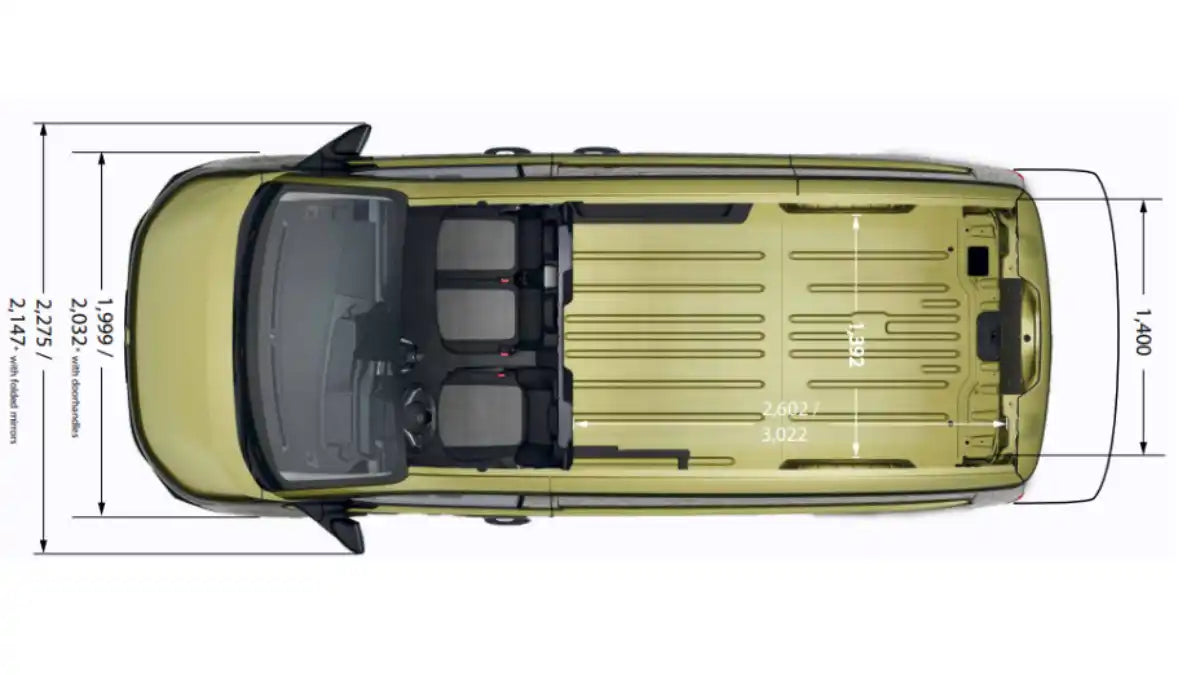Key Takeaways
Essential Mercedes Sprinter dimensions every UK tradesperson should know:
-
Four wheelbase options: 3,200mm, 3,665mm, 4,325mm, and 4,490mm providing flexible configurations
-
Three roof heights: Standard (1,786mm), High (2,030mm), and Super High (2,174mm) internal heights
-
Cargo volume range: 7.5m³ to 17.0m³ - exceptional capacity progression
-
Maximum width: 1,787mm internal, 1,244mm between wheel arches
-
Payload capacity: Up to 2,105kg depending on configuration
-
Perfect compatibility: With professional storage systems across all variants
Having dedicated seventeen years to Mercedes Sprinter conversions and personally overseen storage installations in more than 250 Sprinter vans across the UK, I can confidently state that understanding precise Mercedes Sprinter dimensions is fundamental to unlocking this van's exceptional commercial potential. From Scottish Highland utilities work to London's demanding delivery environment, the Sprinter's German-engineered dimensional precision consistently delivers operational advantages that directly translate to improved productivity and profitability.
The Sprinter's reputation for dimensional accuracy stems from Mercedes-Benz's methodical approach to commercial vehicle engineering, where every measurement serves a specific operational purpose developed through decades of real-world commercial application feedback.
Understanding Mercedes Sprinter Model Evolution
Mercedes-Benz's approach to the Sprinter demonstrates typical German engineering thoroughness, with dimensional specifications that reflect continuous refinement based on commercial operator feedback from across Europe. The Mercedes Sprinter van dimensions available today represent the third generation's culmination of over 25 years of development.
Engineering Heritage: The current Sprinter generation, launched in 2018, incorporates advanced lightweight construction techniques whilst maintaining the structural integrity essential for commercial loading. This evolution particularly shows in optimised dimensional relationships that maximise cargo capacity whilst preserving handling characteristics.
Platform Strategy: Unlike manufacturers who share platforms extensively, Mercedes developed the Sprinter as a dedicated commercial vehicle platform. This focused approach enables dimensional optimisation impossible when adapting passenger car architectures, resulting in superior space utilisation and load-carrying capability.
Mercedes Sprinter Dimensions Complete Configuration Matrix
Understanding Mercedes Sprinter dimensions requires examining how four wheelbase options combine with three roof heights to create an extensive range of configurations, each engineered for specific commercial applications.
Complete Sprinter Dimensional Overview
|
Configuration |
Overall Length |
Wheelbase |
Load Length |
External Height |
Internal Height |
Cargo Volume |
|
L1H1 |
5,910mm |
3,200mm |
2,427mm |
2,426mm |
1,786mm |
7.5m³ |
|
L1H2 |
5,910mm |
3,200mm |
2,427mm |
2,670mm |
2,030mm |
8.5m³ |
|
L1H3 |
5,910mm |
3,200mm |
2,427mm |
2,814mm |
2,174mm |
9.0m³ |
|
L2H1 |
6,367mm |
3,665mm |
2,733mm |
2,426mm |
1,786mm |
9.0m³ |
|
L2H2 |
6,367mm |
3,665mm |
2,733mm |
2,670mm |
2,030mm |
10.5m³ |
|
L2H3 |
6,367mm |
3,665mm |
2,733mm |
2,814mm |
2,174mm |
11.0m³ |
|
L3H1 |
7,367mm |
4,325mm |
3,487mm |
2,426mm |
1,786mm |
12.0m³ |
|
L3H2 |
7,367mm |
4,325mm |
3,487mm |
2,670mm |
2,030mm |
14.0m³ |
|
L3H3 |
7,367mm |
4,325mm |
3,487mm |
2,814mm |
2,174mm |
15.0m³ |
|
L4H2 |
7,367mm |
4,490mm |
3,487mm |
2,670mm |
2,030mm |
15.5m³ |
|
L4H3 |
7,367mm |
4,490mm |
3,487mm |
2,814mm |
2,174mm |
17.0m³ |
This systematic matrix demonstrates Mercedes' methodical approach to commercial vehicle specification, ensuring optimal configuration selection for diverse operational requirements.
Load Bay Width Specifications
|
Measurement |
All Configurations |
Practical Impact |
|
Maximum load width |
1,787mm |
Class-competitive dimension |
|
Width between wheel arches |
1,244mm |
Primary shelving constraint |
|
Door opening width |
1,571mm |
Excellent pallet access |
|
Side loading door |
1,000mm |
Standard urban delivery width |
|
Load sill height |
565mm |
Optimal loading ergonomics |
The consistent 1,787mm maximum width across all configurations simplifies storage system specification, whilst the 1,244mm between wheel arches determines primary shelving depth limitations.
Sprinter LWB Dimensions - Extended Capacity Analysis
Sprinter LWB dimensions encompass L3 and L4 configurations, representing Mercedes' longest commercial vehicle offerings for applications demanding maximum cargo capacity.
L3 Long Wheelbase Detailed Specifications
L3 Configuration Analysis:
-
Overall vehicle length: 7,367mm
-
Wheelbase measurement: 4,325mm
-
Cargo bay length: 3,487mm
-
Additional space over L2: 754mm extra length
-
Maximum cargo volume: 15.0m³ (H3 variant)
During a comprehensive conversion for a Leeds-based utilities contractor, the L3's 3,487mm cargo length accommodated complete mobile workshop facilities including hydraulic cable jointing equipment, extensive inventory storage, and full workbench installation. The extended wheelbase provided excellent weight distribution for the substantial equipment load.
L4 Extra Long Wheelbase Specifications
L4 Configuration Details:
-
Overall length: 7,367mm (identical to L3)
-
Extended wheelbase: 4,490mm (+165mm over L3)
-
Identical cargo length: 3,487mm
-
Enhanced weight distribution: Improved rear axle loading capacity
-
Maximum volume: 17.0m³ (H3 configuration)
The L4's unique characteristic involves extended wheelbase without additional overall length, achieved through revised rear overhang proportions. This engineering enables superior weight distribution for heavy loading whilst maintaining the same cargo dimensions as L3.
Real-World L4 Experience: Working with a Manchester-based construction company revealed how the L4's enhanced weight distribution accommodated heavier tool and material loads whilst maintaining Mercedes' characteristic handling precision. The improved rear axle positioning particularly benefits applications requiring maximum payload utilisation.
Mercedes Sprinter Width Specifications and Implications
Mercedes Sprinter width measurements significantly impact storage system design and daily operational efficiency across all commercial applications.
Width Dimension Analysis
External Width Specifications:
-
Overall width: 2,020mm (excluding mirrors)
-
Width with mirrors: 2,428mm (folded position)
-
Mirror extension: 204mm each side
-
Track width: 1,725mm (front and rear)
Internal Width Breakdown:
-
Maximum cargo width: 1,787mm
-
Practical shelving width: 1,244mm (wheel arch constraint)
-
Side wall height: Varies with roof selection
-
Loading door width: 1,571mm (rear doors)
The 1,787mm internal width provides competitive cargo space, though the 1,244mm between wheel arches creates the primary constraint for storage system design. Through extensive installation experience, this dimension requires careful shelving depth planning to maintain adequate access corridors.
Width Utilisation Strategy: Optimal width utilisation in Sprinter configurations typically involves:
-
Primary shelving depth: 350-400mm maximum for safety
-
Secondary storage: Upper levels can extend to 420mm if required
-
Central corridor: Maintain 600mm minimum for comfortable access
-
Emergency clearance: Always preserve 500mm passage for safety compliance
Mercedes Sprinter Van Dimensions for Professional Storage
Mercedes Sprinter van dimensions create excellent opportunities for comprehensive storage installations, though understanding specific dimensional relationships proves crucial for optimal space utilisation.
Height Variant Storage Implications
H1 Standard Roof (1,786mm): The standard roof configuration provides 1,786mm internal height, accommodating four-tier storage systems whilst maintaining reasonable external profile. During installations for central London courier services, this height proved optimal for operations requiring access to underground car parks and height-restricted loading bays.
H2 High Roof (2,030mm): The high roof's 2,030mm internal height represents the most popular choice for trade applications. A comprehensive conversion for a Birmingham HVAC contractor demonstrated how this additional 244mm clearance accommodated ductwork storage and comprehensive tool organisation whilst maintaining comfortable working conditions.
H3 Super High Roof (2,174mm): The super high roof variant's 2,174mm internal height provides exceptional standing room and storage possibilities. Working with a Scottish renewable energy contractor revealed how this maximum height enabled five-tier storage systems with comfortable upper-level access, creating mobile workshop capability rivalling fixed facilities.
Length Configuration Benefits
L1 Short Wheelbase (2,427mm cargo): The L1's 2,427mm load length suits urban delivery and light trade applications where manoeuvrability takes priority over maximum capacity. Fleet installations for London-based electrical contractors showed this length optimal for daily tool storage whilst preserving parking flexibility in congested areas.
L2 Medium Wheelbase (2,733mm cargo): The L2's 2,733mm cargo length provides excellent compromise between capacity and manoeuvrability. This dimension accommodates most standard trade storage requirements whilst maintaining reasonable overall vehicle length for varied operational environments.
L3/L4 Long Wheelbase (3,487mm cargo): The extended 3,487mm cargo length transforms the Sprinter into genuine mobile workshop capability. During installations for utilities companies across Wales, this length accommodated complete workshop facilities including heavy equipment storage, comprehensive parts inventory, and dedicated work areas.
Storage System Integration Excellence
Mercedes Sprinter dimensions demonstrate outstanding compatibility with professional storage systems, though understanding specific measurement relationships ensures optimal installations.
Mounting Infrastructure: Mercedes provides comprehensive mounting point infrastructure throughout the Sprinter cargo bay, with reinforced anchor locations rated for professional storage system loads. These mounting points integrate with the vehicle's structural framework, distributing weight safely whilst maintaining crash protection compliance.
Integration Experience Insights: Through storage installations across 250+ Sprinters, certain dimensional relationships consistently prove critical:
-
Optimal shelving depth: 350-380mm maximises the 1,244mm wheel arch width
-
Vertical spacing: 420-450mm accommodates most trade tool requirements
-
Access corridor width: 600mm minimum ensures comfortable daily operation
-
Emergency egress: 500mm clear passage mandatory for safety compliance
For professional storage solutions engineered specifically for Mercedes Sprinter dimensions, explore our comprehensive van shelving systems where German precision meets British trade expertise, creating storage solutions that maximise every cubic centimetre of your Sprinter's exceptional cargo space.
Competitive Dimensional Analysis
Understanding how Mercedes Sprinter dimensions compare with key competitors provides essential context for purchasing decisions and storage system specification.
Premium Large Van Comparison
|
Van Model |
Max Length |
Max Width |
Max Height |
Max Volume |
Max Payload |
|
Mercedes Sprinter L4H3 |
7,367mm |
1,787mm |
2,174mm |
17.0m³ |
2,105kg |
|
VW Crafter LWB HR |
7,391mm |
1,870mm |
2,050mm |
17.0m³ |
2,200kg |
|
Ford Transit L4H3 |
7,424mm |
1,784mm |
2,090mm |
15.1m³ |
2,350kg |
|
Renault Master L4H3 |
7,368mm |
1,870mm |
2,176mm |
17.0m³ |
2,300kg |
Sprinter's Competitive Position:
-
Width consideration: 1,787mm internal width competitive but not class-leading
-
Height excellence: 2,174mm maximum height provides excellent standing room
-
Engineering quality: German build standards reflected in component longevity
-
Residual values: Premium brand maintains superior depreciation performance
Brand Premium Justification
The Mercedes premium becomes justified through:
-
Build quality: Superior materials and construction tolerances
-
Reliability: Consistently lower breakdown rates across fleet applications
-
Dealer network: Comprehensive UK coverage with commercial vehicle specialists
-
Technology integration: Advanced driver assistance and connectivity systems
Payload and Dimension Efficiency
Mercedes Sprinter van dimensions demonstrate excellent engineering balance between cargo volume and payload capacity, though understanding weight distribution proves crucial for optimal utilisation.
Payload Analysis by Configuration
|
Configuration |
Gross Weight |
Typical Kerb Weight |
Available Payload |
Volume Efficiency |
|
L1H1 |
3,500kg |
1,450kg |
2,050kg |
3.7kg/m³ |
|
L2H2 |
3,500kg |
1,520kg |
1,980kg |
5.3kg/m³ |
|
L3H2 |
3,500kg |
1,600kg |
1,900kg |
7.4kg/m³ |
|
L4H3 |
3,500kg |
1,650kg |
1,850kg |
9.2kg/m³ |
Real-World Loading Experience: Through extensive work with maximum-loaded Sprinters across diverse applications, optimal weight distribution typically utilises approximately 70% of payload capacity in the rear two-thirds of the cargo bay, maintaining Mercedes' renowned handling characteristics whilst maximising legal loading capacity.
Volume vs Weight Balance: Most commercial applications achieve 80-90% volume utilisation before reaching payload limits, indicating excellent space efficiency for typical British trade loading patterns. This balance particularly suits mixed loads combining tools, equipment, and consumable materials.
Advanced Engineering Features
Mercedes Sprinter dimensions incorporate advanced engineering features that enhance operational capability beyond basic cargo measurements.
Structural Engineering Benefits
Chassis Construction: The Sprinter's ladder-frame chassis construction provides exceptional strength for demanding applications, with mounting points throughout the cargo bay rated for professional storage system loads. This construction maintains structural integrity under maximum loading whilst supporting comprehensive conversion work.
Load Distribution Technology: Mercedes' advanced load sensing systems monitor weight distribution continuously, alerting operators to potentially unsafe loading conditions. This technology particularly benefits applications requiring maximum payload utilisation whilst maintaining safety compliance.
Suspension Optimisation: The Sprinter's multi-link rear suspension design accommodates varying load conditions whilst maintaining ride quality essential for delicate cargo transport and operator comfort during extended operational periods.
Frequently Asked Questions
Q: What are the maximum Mercedes Sprinter dimensions available? A: The largest Mercedes Sprinter dimensions are the L4H3 configuration with 3,487mm cargo length, 1,787mm maximum width, 2,174mm internal height, providing 17.0m³ cargo volume.
Q: How do Sprinter LWB dimensions compare to competitors? A: Sprinter LWB dimensions offer 3,487mm cargo length, competitive with most rivals but the 1,787mm width is narrower than VW Crafter (1,870mm) and Renault Master (1,870mm).
Q: What's the maximum payload for Mercedes Sprinter? A: Mercedes Sprinter van dimensions accommodate payloads up to 2,105kg depending on configuration, with lighter variants offering higher capacity than heavily specified models.
Q: Can I fit standard building materials in a Sprinter? A: Yes, the 1,787mm Mercedes Sprinter width accommodates 8x4 sheets (2,440mm x 1,220mm) diagonally in all configurations, with L3+ models handling some materials longitudinally.
Q: How does Sprinter height affect practicality? A: Mercedes Sprinter dimensions include three height options: H1 (1,786mm) for height restrictions, H2 (2,030mm) for optimal trade balance, H3 (2,174mm) for maximum storage.
Q: What storage depth works best in Sprinter vans? A: Recommended shelving depth ranges 350-380mm, optimising the 1,244mm wheel arch constraint whilst maintaining 600mm access corridors for safe operation.
Q: Are there dimensional differences between diesel and electric Sprinter? A: Electric eSprinter maintains identical cargo dimensions to diesel variants, though battery positioning affects payload capacity by approximately 150-200kg depending on configuration.
Q: Which Sprinter configuration offers best value? A: L2H2 typically provides optimal balance of capacity, manoeuvrability, and cost, explaining its popularity across diverse UK trade applications.
Maximising Your Sprinter Investment
The comprehensive Mercedes Sprinter dimensions range ensures optimal configuration selection for virtually any commercial application. From the compact L1H1 for urban delivery to the capacious L4H3 for mobile workshops, understanding these precise German-engineered measurements enables informed decision-making and storage system optimisation.
The Sprinter's 1,787mm internal width provides competitive cargo space, whilst height options reaching 2,174mm accommodate comprehensive storage installations. Combined with payloads up to 2,105kg and Mercedes' renowned build quality, these dimensions establish the Sprinter as Europe's premium commercial vehicle choice.
Brand Value Protection: Mercedes-Benz's premium positioning translates to superior residual values and comprehensive dealer support, protecting your investment whilst ensuring long-term operational reliability throughout the vehicle's commercial life.
Technology Integration: The Sprinter's advanced connectivity and driver assistance systems ensure contemporary functionality throughout operational life, with over-the-air updates maintaining competitive capability without requiring vehicle replacement.
Ready to transform your Sprinter into the ultimate mobile workspace? Discover our premium van storage solutions engineered specifically for Mercedes Sprinter dimensions, combining German precision with British craftsmanship to maximise every cubic centimetre of your premium commercial vehicle whilst maintaining the organisation and efficiency essential for business success.

